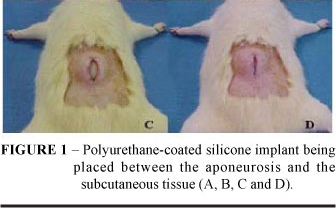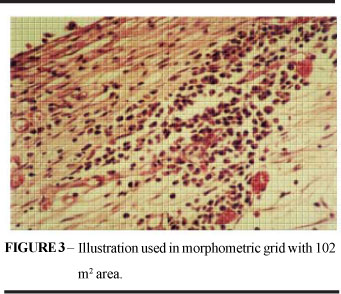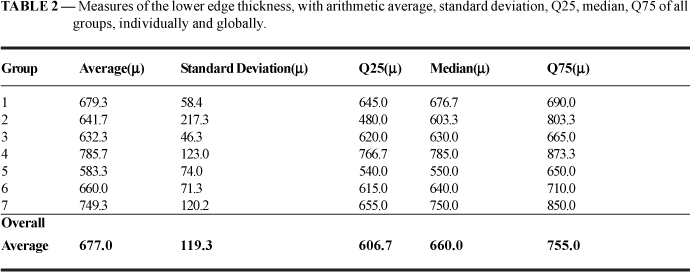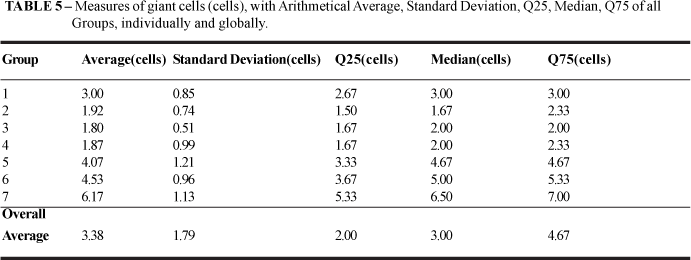PURPOSE: Evaluating histologically the silicone peri-implant coated by polyurethane inflammation associated to the use of anti-microbial and bacterial contamination. METHODS: It was used 35 Wistar rats. The animals were divided in seven groups: I - Control; II - implant cavity contamination with10 bacteria/ml; III - implant cavity contamination with 10 bacteria/ml; IV - implant cavity contamination with 10 bacteria/ml; V - identical contamination to group II and implant immersions in anti-microbial solution; VI - identical contamination in group III and implant immersions in the anti-microbial solution; VII - identical contamination of group IV and implant immersions in anti-microbial solution. It was evaluated morphometrically the peri-implant capsules after 30 days of introduction. RESULTS: The factors with more discriminating power were the giants cells of a strange body and the mononuclear. There was no correlation between the bacterial concentrations and the histological alterations. CONCLUSION: 1) The histological standard of the inflammatory reaction around the silicone implant coated with polyurethan is chronic granulomatosis type of a strange body; 2) There isn´t correlation between concentration of Staphylococcus epidermidis and histological changes; 3) The use of anti-microbial solution decreased the mononuclear cell reactions, with the increase of giant cells in a strange body.
Implants; Silicone; Polyurethane; Staphylococcus cutaneous infections; Wistar Rats













